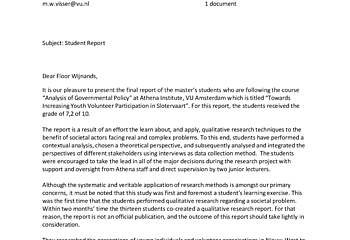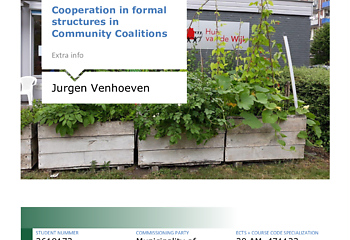A) Living around people of the same age, class, tenure and subsequently the same lifestyle strengthens a sense of neighbourhood belonging.
B) The residential choice of my middle-class respondents’ affects their neighbourhood belonging.
C) In Peckham, I found that neighbourhood belonging is the strongest for those whose bourgeois-bohemian habitus matches the cultural field of Peckham. The same bourgeois-bohemians are also diversity-seekers and have a stronger sense of engagement with the ethnic diversity of the neighbourhood than those with a more traditional middle-class identity. Those who are more traditionally middle-class practice more disaffiliation socially and spatially from the ethnic or classed ‘others’.
D) In both cases, belonging to either middle-class faction (bourgeois-bohemian or traditional middle-class) is explained, in part, through a development of their habitus linked to their spatial and social trajectory.
E) In Overtoomse Veld, I found that a lack of middle-class youth presence in the neighbourhood detracted from a sense of belonging. A lack of amenities catering for middle-class cultural consumption in the neighbourhood meant that the neighbourhood had mostly a practical function rather than a symbolic function. In OV, the width of social difference in terms of class and ethnicity between the middle-class newcomers and the long-term residents, practiced in the neighbourhood and influenced by national discourses of immigration, weakened a sense of neighbourhood belonging.
Student: William Stuttard











